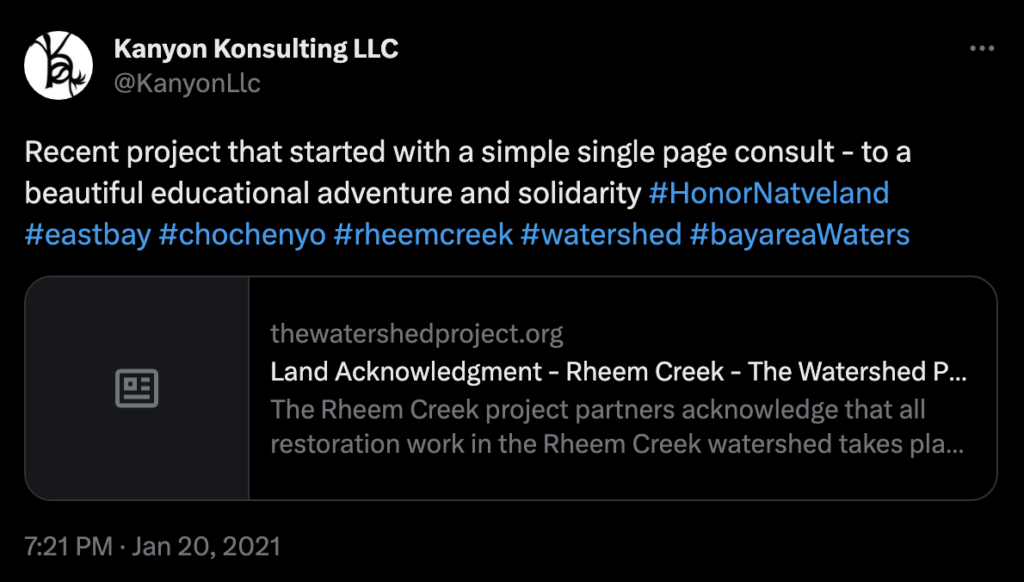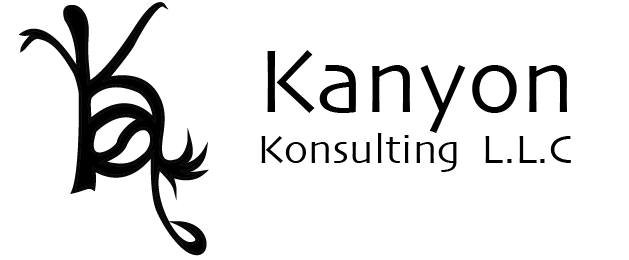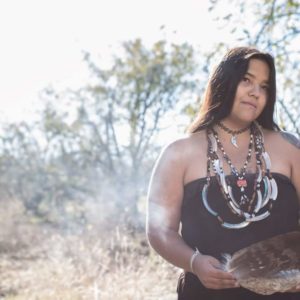
I had the wonderful opportunity of consulting on the WaterShed Project
Watch a wonderful interview with RUTH ORTA https://youtu.be/qmb7amyGQTE

https://thewatershedproject.org/land-acknowledgment-rheem-creek/
Land Acknowledgment – Rheem Creek

The Rheem Creek project partners acknowledge that all restoration work in the Rheem Creek watershed takes place on occupied Indigenous territory of Chochenyo-speaking Ohlone people, who have continuously lived upon this land since time immemorial. We also acknowledge Indigenous people from other geographic areas who have been displaced from their traditional homelands because of past or present day colonial systems of oppression, including federal relocation policies, who have joined and/or assimilated with the Ohlone people on their traditional homelands. Today, there are several active community groups that have Indigenous ancestry to this territory, which include: Confederated Villages of Lisjan, Him•re-n of Ohlone, Bay Miwok, and Plains Miwok and Muwekma Ohlone Tribe. These communities work tirelessly to cultivate culture, rebuild language and heal connections with natural and cultural resources. The Rheem Creek partners are committed to actively educating ourselves about the history of these people and these lands, and we encourage everyone in the community to join us in continuing to learn.
The work to restore the function of Rheem Creek is largely based on the needs of the community, who are impacted by creek flooding every year. This is the current-day context of Rheem Creek, but going back in time, the context shifts: Before 1899, there was no creek and 100 years before that there was no urbanization. What was once just a floodplain, full of habitat and people rejoicing in the water, is now something completely different. The work to restore the creek is to pull some resemblance from the past, to celebrate water and biodiversity and acknowledge that water is not to blame for the destruction of homes, but rather colonization and urbanization are. In California especially, rainwater must be honored and kept clean so it can bring life. We hope a restored creek will do just that. We owe much gratitude for perspective and relationship to nature to the past and present original stewards of this area.
This storybook is one step toward remembering, honoring and acknowledging the history and contemporary context of Rheem Creek and the people we know today as the Ohlone Community. Ohlone peoples are depicted in both a historical and present-day context in this storybook to emphasize that Indigenous people are still here and part of the community, that Indigenous people don’t only wear regalia and/or other traditional clothing, and to challenge countless other misconceptions in our society. Beyond this territory acknowledgment and storybook, we pledge to work toward dismantling colonialism through highlighting the presence and perspective of present-day Ohlone community members in our outreach and education, honoring Indigenous wisdom in our restoration strategy, and speaking the original name of this place in the Chochenyo language: Huchiun.
Visit our YouTube channel to learn more about acorns, water, land stewardship, and more from Ruth Orta (respected elder, Him•re-n of Ohlone, Bay Miwok, and Plains Miwok).
https://thewatershedproject.org/collaborative-creation-behind-the-scenes-of-a-childrens-book/
Collaborative Creation: Behind the Scenes of a Children’s Book
JANUARY 13, 2021By Anne Bremer
I loved watching movies growing up, and I equally enjoyed the “extras” that came with the films we rented, rarely found on the streaming platforms where most of us now get our viewing content: deleted scenes, blooper reels, and “behind the scenes” featurettes. I listened in fascination as directors, producers, screenwriters, and actors told the story of how the film grew from an idea into reality. By the time I was in high school, I was making my own movies and convinced I wanted to be a film director someday. Clearly, I took a different path in the years that followed, but recently I had the opportunity to work with a team of talented people to tell a story–not on film, this time, but in a children’s book. Allow me to take you “behind the scenes” of The Story of Rheem Creek…

The Rollingwood-Fairmede neighborhood, which borders Rheem Creek just upstream of Contra Costa College, has suffered from flooding related to creek overflows for over 20 years. In order to address the flooding issue, The Watershed Project partnered with the Coastal Conservancy, American Rivers, the City of Richmond, Restoration Design Group and Contra Costa College on a multi-phased project to restore ecological function to the Rheem Creek watershed while reducing the risk of flooding to nearby residents. In July 2019, The Watershed Project conducted a door-to-door canvassing effort in which over 40 neighbors shared important information about their experiences with the flooding. This information, along with a topographic survey and sediment analysis, allowed our partners at Restoration Design Group to learn the causes of flooding and develop a concept design for a potential solution. Beginning in spring 2020, The Watershed Project was tasked with communicating this key information about Rheem Creek back to the Rollingwood-Fairmede neighbors and asking for their input on the next phase of design.
As an alternative to traditional in-person design charrette events, we decided to create a short children’s book telling the history of the creek and flooding, along with the proposed solution, and a survey asking neighbors for their feedback on the project. The author, Violeta González Santos, skillfully condensed technical concepts into a beautiful story told through the eyes of an oak tree, and the talented artist Olivia Wise provided gorgeous illustrations. The text and artwork both went through several rounds of review and revision based on thoughtful feedback from project partners at American Rivers, the City of Richmond, Restoration Design Group, Contra Costa County, San Francisco Estuary Partnership, the City of San Pablo, and several staff members at The Watershed Project.

Additionally, it was important to the project partners to include the story of the relationship between people and Rheem Creek, including the Chochenyo-speaking Ohlone people who were the first stewards of the Rheem Creek watershed and who are still here and part of the community today. Kanyon “Coyote Woman” Sayers-Roods guided us in crafting a respectful land acknowledgement for the booklet and provided her own graphic artwork for the page. She also facilitated a connection with Ruth Orta, a respected Ohlone elder who shared her knowledge of oaks, acorns, water and environmental stewardship in videos now available on our YouTube channel. The Gould family (Corrina, Deja, and Cheyenne) of the Confederated Villages of Lisjan provided feedback on the land acknowledgement and shared the Chochenyo names of several possible trees for the project. All tribal partners reviewed and provided feedback on the storybook text and artwork and were compensated for their time and expertise.

In total, at least 23 individuals from 11 organizations had a hand in the storybook that, after 8 months in the making, has now reached the doorsteps of Rollingwood-Fairmede neighbors. The result is much more beautiful and heartfelt than I could have imagined at the outset. I now know why movies have such a long list of credits at the end–the best stories are told by many voices, with many perspectives in mind. Such a process may leave behind plenty of deleted scenes and bloopers, but the pieces that make it into the final product come together in a beautiful way.


